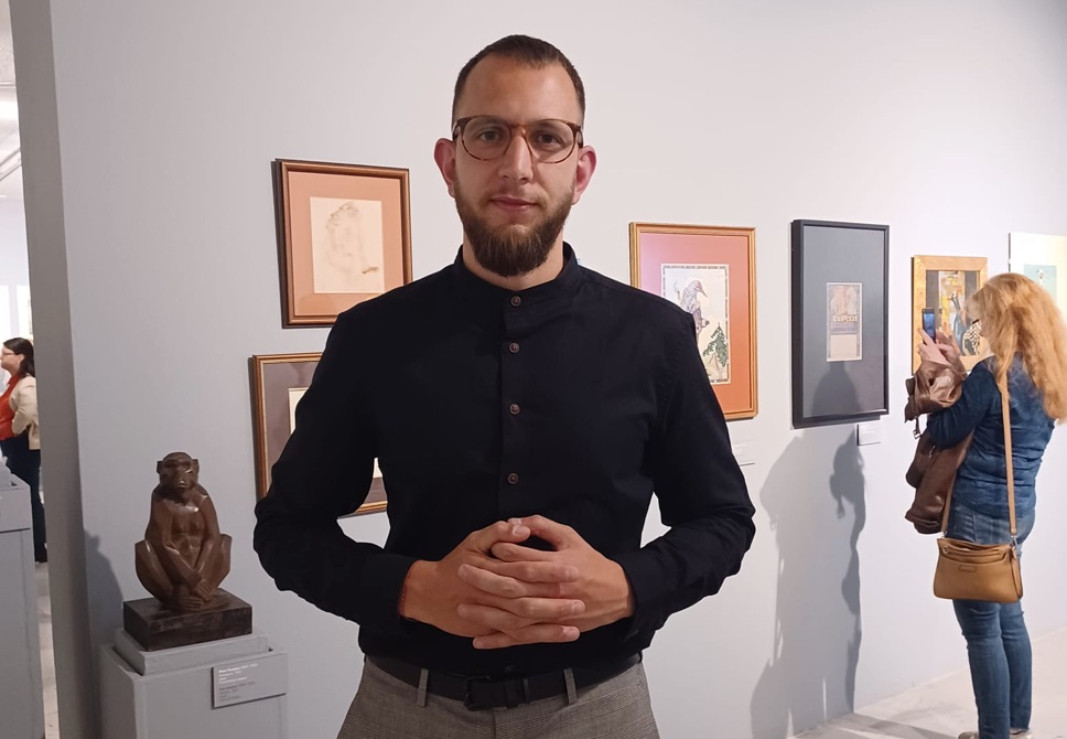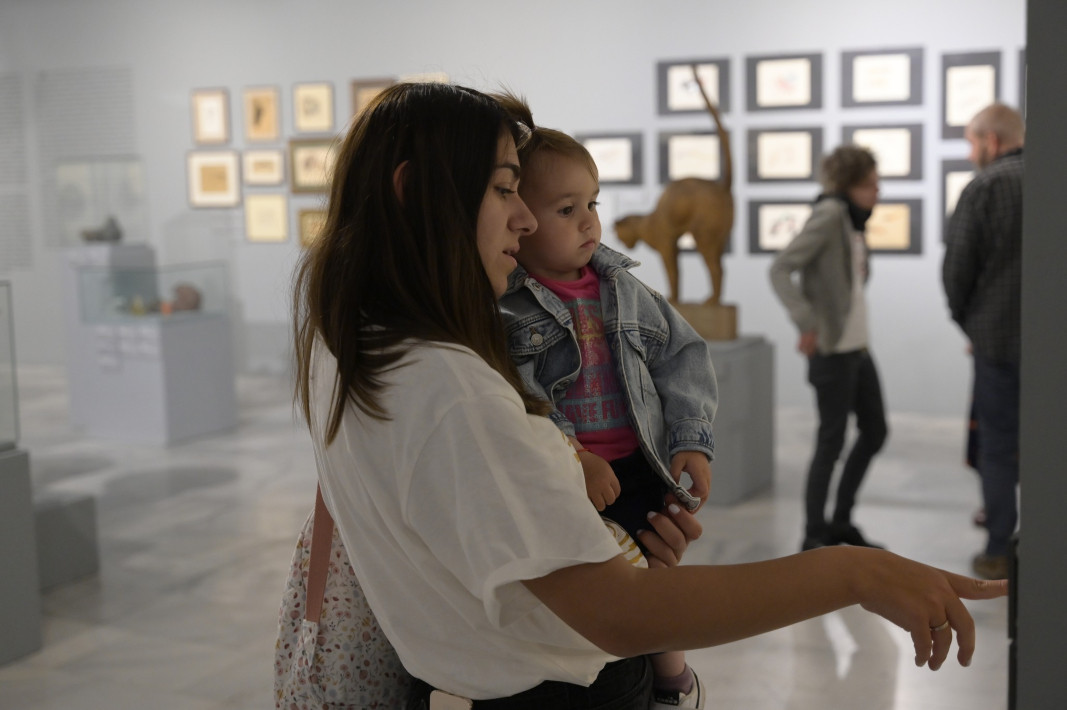Animalism is the genre the newest exhibition at the Sofia City Art Gallery is dedicated to, tracing how Bulgaria’s artists after the country’s liberation in 1878, up until the mid-20th century, depicted animals as independent entities in drawings, water colours, illustrations, paintings, sculptures and figurines.

“It cannot be said animalism appears in Bulgarian art in pure form,” says Lyuben Domozetski, one of the curators of the exhibition. “It is often to be found in transition zones with other genres, such as still life or landscape. It is interesting to see its presence in the art of the 1920s with stylized decorative patterns, mostly of birds, which many artists created as part of their academic training. Animalism can be found in its purest form in sculpture – in the first half of last century a great many park sculptures were created, unfortunately now destroyed. Archive material in which they are featured demonstrates an interesting nuance in the development of art in Bulgaria during this period.”

The exhibition features works by some of the most prominent artists in Bulgarian art – Vladimir Dimitrov – Maystora (the Master), Ivan Lazarov, Ivan Milev, Konstantin Shtarkelov, Boris Georgiev, Ivan Penkov, Georgi Popov-John, Ivan Mrkvička, Jaroslav Věšín. The visual narrative begins with two works from the first half of the 19th century by Zahari Zograf, in which the icon painter from the time of the National Revival in Bulgaria oversteps the canon of Christian art.
“Zahari Zograf has painted a bat and a moth – probably from life,” Lyuben Domozetski says. “These works convey a sense of the fleeting, an almost Renaissance spirit in the study of the surrounding world, akin to the works by Albrecht Dürer or Leonardo da Vinci in the European Renaissance. The artist has painted all parts of the body of the bat, and of the butterfly in minute detail – actually these two paintings are part of a wider group of works depicting flowers, plants, also painted from life, and they are all very different from his official paintings – icons – demonstrating his analytical mind in an attempt to study what makes the world tick.”
The Bulgarian artists depict domestic, as well as wild animals, most often than not from life, and their works show a sense of freedom and spontaneity. Records show that stuffed animals were bought for the needs of the Art Academy for students to use in their work.
“There are works that are connected with the fact that many Bulgarian artists fought in the First Balkan War and in World War I, where, alongside humans, they included horses, oxen and dogs,” Lyuben Domozetski goes on to say. “Not long after the country’s liberation, the first zoo was created in Sofia, and artists soon started going there to draw wild animals or more exotic fauna from life – one such cycle of works was created by Ilia Petrov.”

Each work conveys a sense of love of the animals depicted, the author seems to breathe soul into them, says Lyuben Domozetski and goes on:
“Some artists are more interested in the decorative role of colours and shapes in animals,” he adds. “In other works we see a certain sentimentality – like Hristo Berberov’s “Our crippled dog”.
The exhibition at the Sofia City Art Gallery shows that works, classified as “marginal”, “informal” are actually able to reveal a hitherto unknown side to the work of a given artist we have always thought we know well.
“The other message these art works convey is about the way we treat animals – a special kind of bond of love and care,” Lyuben Domozetski says.

The exhibition is on at the Sofia City Art Gallery until 16 July, 2023.
Translated from the Bulgarian and posted by Milena Daynova
Photos: Facebook/ SofiaCityArtGallery, Diana Tsankova
The documentary film The Spiritual Mirror of Christian Nessebar produced by the Bulgarian National Television has received a total of four awards at three prestigious international film festivals in Brazil, Georgia and Portugal. The..
Bulgarian writer Georgi Gospodinov will receive the Order of Art and Letters - Knight degree, at a ceremony this evening at the residence of the French ambassador in Sofia. In this way, the country pays tribute to an outstanding author and European..
He is an artist as well as a philosopher. He likes to tell stories in colours, but also listen to them in melodies. He is Rumen Statkov and just a few days ago, on October 17, he presented his latest exhibition entitled "Dance" at the Nirvana gallery in..
“A story that is worthy of a movie” is what we often say when we hear about some incredible event or an interesting story. It is cinema..
The fourth national Biennial of Illustrations opens today in the triangular tower of Serdica, part of the Regional Museum of History in Sofia. As..

+359 2 9336 661
